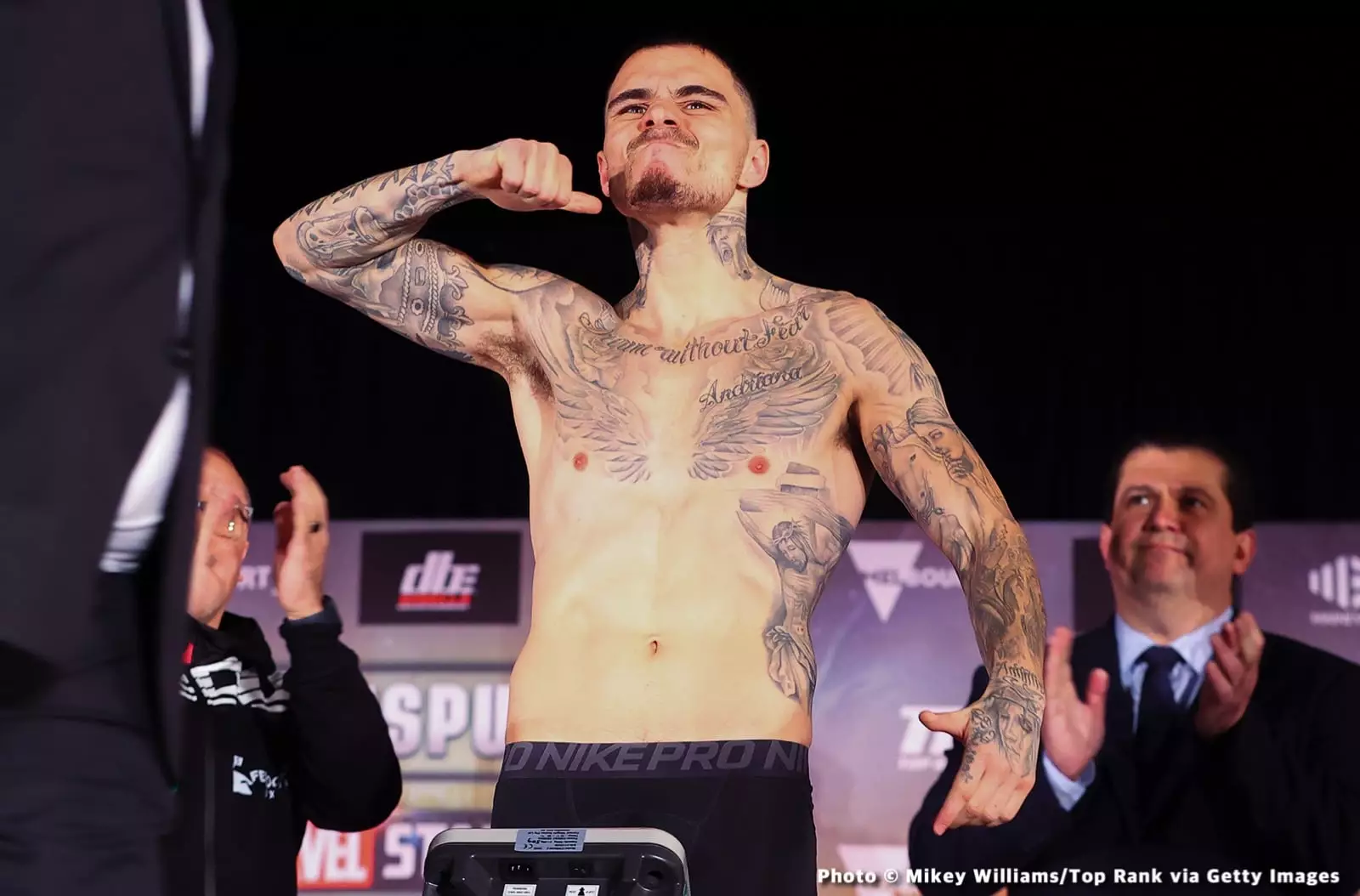In the ever-dynamic realm of lightweight boxing, changes in fight lineups often create ripples that alter the anticipated trajectories of promising matchups. Recently, WBC lightweight champion Shakur Stevenson found himself seeking a new opponent due to William Zepeda’s withdrawal from a scheduled bout caused by an injury. This immediately opened the door for George Kambosos Jr. to step in as a replacement, inciting discussions between both fighters via social media exchanges. Kambosos, known for his resilience and experience, expressed willingness to take on the champion, though it comes with the caveat of vacating his current title and moving up a weight class.
Kambosos Jr., holding a professional record of 21 wins, three losses, and 10 knockouts, has indicated through social media that he is open to the fight, contingent upon his transition from the lightweight to the super lightweight division. While this signifies a potentially exciting bout for fans, it also raises concerns regarding Kambosos’ strategic decision-making. By vacating his WBC lightweight title, he risks losing leverage and the potential for future title fights. Shakur Stevenson must appreciate this shift, as he likely views the lightweight belt as critical for negotiating future high-stakes matchups against other champions, including renowned fighters like Gervonta Davis.
The Role of Promotion and Strategic Matchmaking
Shakur and Kambosos are both promoted by Eddie Hearn, lending an intriguing layer to their potential matchup. Hearn’s involvement casts a shadow of uncertainty over the proposed fight: if he envisions Kambosos making a strong comeback against Liam Paro in the super lightweight division, he might be hesitant to pit his newly signed fighter against the talented Stevenson. A loss could diminish Kambosos’ marketability and undermine what could be a significant pay-per-view event in Australia. The stakes are high, where a loss could derail Kambosos’ momentum and clients’ confidence in their promotional trajectory.
For Stevenson, calling out Kambosos signifies his readiness to maintain his status and defend his title, albeit with conditions that favor his long-term goals. Although he has issued a prompt to Kambosos to “come see me in February,” he also recognizes the ramifications of such a fight. If Kambosos underperforms, it could complicate future matchmaking strategies for Stevenson, who must navigate the nuances of fight promotion while strategically positioning himself within a competitive field. The juxtaposition of Kambosos’ willingness with Stevenson’s reluctance to relinquish his title encapsulates the broader uncertainties surrounding this bout.
As the boxing world watches closely, the future of this bout remains uncertain. Kambosos represents a suitable, yet risky,alternative for Stevenson if other contenders shun the opportunity. The interplay of negotiations, promotional strategies, and personal aspirations will ultimately dictate whether this matchup materializes. Until then, fans can only speculate on the favorable outcomes for both fighters and the overarching implications on the lightweight division’s landscape. Stevenson and Kambosos find themselves at a critical juncture — will they step into the ring together, or will external factors dictate a different trajectory for their careers?

